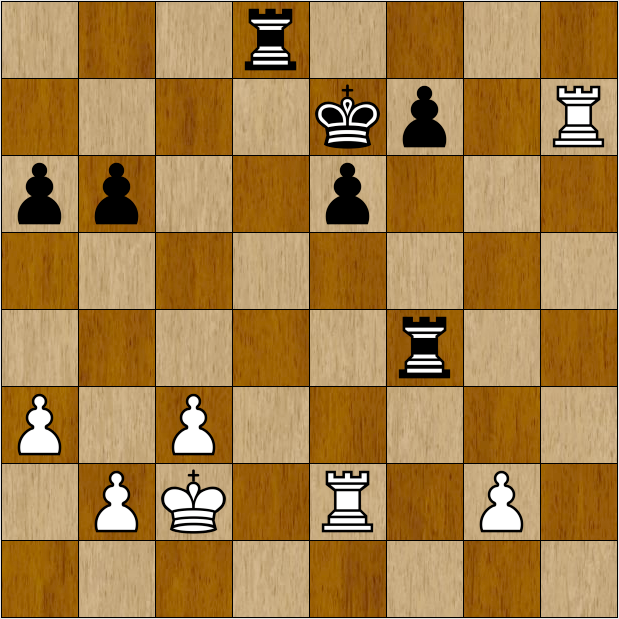The Magic of the Cup
It proved to be an instructive masterclass from Magnus Carlsen, who turned on the style to beat India’s rapidly rising star Gukesh D. in their FIDE World Cup quarterfinal tussle in Baku, as the Norwegian World No.1 edged ever-closer to winning the one major title that so far has managed to elude his over-crowded trophy cabinet.
Carlsen comfortably won the match against Gukesh - the new Indian No.1, after he recently supplanted Vishy Anand -by a score of 1.5-0.5, thanks to his superior endgame technique - a discipline that his teenage opponent himself pointed out beforehand that: "It's his best quality and I would like to add it in my game.”
"For me, it is just talent and practice,” said Carlsen in victory, on just how he honed and developed his endgame skill as a young player to studying endgames in general. “At the start, I wasn't so good at endgames; but, with a lot of practice, I got better at practical endgames, and, eventually, I started to be okay at theoretical endgames when I studied them as well.”
But in reaching the World Cup semifinal stage, Carlsen immediately dispelled any faint hopes his fans might have of seeing their hero playing in the Candidates and a chance once again at regaining the World crown he only recently abdicated. Carlsen’s focus is clearly on winning the World Cup for the sake of winning it. In golf and tennis, winning all the major titles is called a “Career Grand Slam” - and this is what Carlsen is playing for.
After his victory over Gukesh, he also added that he wouldn’t be taking the Candidates spot: “Under the current format there is absolutely no chance. I think everybody should operate under the assumption that I will not play at the Candidates and that everybody else who's in the semifinals is qualified.”
All of which was good news for the big surprise package of the World Cup, local hero Nijat Abasov, who extended his miracle run in the competition - beating Makato, Fressinet, Giri, Svidler, Salaeh and now Santosh Vidit - with the 69th seed now making history in his hometown by becoming the lowest-seeded World Cup semifinalist ever. And now, by Carlsen's clarifying admission, not only a magical cup run but now an unlikely spot in the Candidates! "I feel amazing! I couldn't even imagine in my wildest dreams I can come this far," said a smiling Abasov after he was confirmed as the first semifinalis.
Also, Fabiano Caruana is through to the semifinals of the FIDE World Cup! The American Grandmaster was on the brink of losing the first game to his compatriot Dominguez Perez but somehow he managed to save a draw from the jaws of defeat before vanquishing his opponent in another tense affair in game two.
The only match to go to a nerve-jangling tiebreak keeps the dream of a teenage Indian winner alive, as 18-year-old Rameshbabu “Pragg” Praggnanandhaa prevailed in his all-India showdown against Arjun Erigaisi to become the fourth semifinalist.
Quarterfinal scores:
Gukesh ½-1½ Carlsen; Vidit ½-1½ Abasov; Dominguez ½-1½ Caruana; Praggnanandhaa 5-4 Erigisi
Semifinal pairings:
Carlsen v Abasov
Caruana v Praggnanandhaa
The semifinals start on Saturday following Friday's rest day
The FIDE World Cup brackets/pairing tree can be found by
clicking the link.
GM Gukesh D - GM Magnus Carlsen
FIDE World Cup quarterfinal, (1)
A45: Queen's Pawn game
1.d4 Nf6 2.Bf4 It's amazing how many commentators, pundits and punters described this game wrongly as being a "London System" - right now it is a Mason Attack, and would only transpose into London System territory with follow-up moves of Ngf3, e3 and c3. 2...b6 3.Nc3 Bb7 4.f3 e6 5.e4 a6 6.Qd2 d5 7.O-O-O Bb4 8.a3 Bxc3 9.Qxc3 dxe4 10.d5!? And so much for those that were also describing this game as being a "boring London". 10...Nxd5 Slightly better, I am sure, was 10...exd5 - but Carlsen takes the low-risk option that sees the queens coming off early doors and into endgame territory that plays to his strengths. 11.Qxg7 Qf6 12.Qxf6 Nxf6 13.Be5 Ke7 14.Bxc7 Nbd7 15.Bg3 Rhg8 16.Be2 The immediate 16.Bh4 may well be slightly better for Gukesh, but there's nothing much in it. 16...Ke8!? A move of genius from the maestro himself - and not one you would readily think about, as this one demonstrates the GOAT's superiority over those looking to take down and follow in his footsteps. The true beauty of the move, however, is what Carlsen is looking to do, in that he wants to play ...Nh5 without having to face the problematic Bh4+. For example, if 16...Nh5 17.Bh4+ Ke8 18.fxe4 and the ...Nh5 is under attack. 17.fxe4 It was either this or 17.Nh3 Nh5 18.fxe4 Nxg3 19.hxg3 Bxe4 that is all very annoying for White who is facing a very difficult endgame after 20.Nf2 Bxg2 21.Rxh7 Rxg3 22.Rg1 Ke7! and Black clearly has the better of it, though not necessarily winning. It's just all uncomfortable for White - and probably compounded for Gukesh with the guy who would be having all the fun being a certain Magnus Carlsen! 17...Nxe4 18.Bf3 Nxg3 19.hxg3 Marginally better was 19.Bxb7 but after 19...Ra7 20.hxg3 Rxb7 21.Rxh7 Rxg3 22.Rd2 Rc7 23.Nf3 Ke7 Black still has a minuscule edge and is something that Carlsen will only too happily grind away at all day long. 19...Bxf3 20.Nxf3 Rxg3 21.Rxh7 Ke7 22.Nd4 Ne5 23.Re1 Rg4 Also good was 23...Kf6 - but no matter which way you cut this, Black has marginally the better of the endgame prospects. And when you go into an endgame against Magnus Carlsen, then you are playing on his home turf. 24.Rxe5 Rxd4 25.Re2 Gukesh is clearly concerned about the future vulnerability of his g-pawn - but better was 25.Re3 with the idea of 25...Rad8 26.b3! Rf4 27.Rc3! Rd7 28.Rc6 and unlike in the game, White's rooks are at least active and creating problems for Black. But unfortunately for Gukesh, his passive rook on e2 proves problematic and leads to some compromises. 25...Rad8 26.c3 Rf4 27.Kc2 (see diagram) 27...Rg8! Suddenly, the game begins to shift ever further in the direction of Carlsen with both his rooks being so active, whilst Gukesh's e2 rook in comparison is somewhat passive. This alone doesn't dictate the outcome of the game, but it does add to the mounting pressure on any young up-and-coming player when they face Carlsen who is a past master at squeezing blood out of a stone in such endings. 28.b4 b5 29.Kb3 It would be beneficial for Gukesh to keep both sets of rooks on the board - but Carlsen isn't having any of it, as the wily fox trades down to a R+P endgame where he not has only the advantage but, quite frankly, a wealth of experience. 29...Rfg4 30.Rf2 R8g7 31.Rxg7 Rxg7 32.a4 The correct way to continue - but to safeguard the half-point, Gukesh continually has to walk the high-wire act of finding the most precise moves.
32...f5
Rightly mobilising the pawns.
33.axb5 axb5 34.Ra2?
It all starts to go South here for Gukesh, who picks what looks like the easy move to make - but it is, in fact, a wrong 'un. He had to be brave and find 34.c4! to create his own passed pawn. Now if 34...Rg3+ 35.Rf3! bxc4+ 36.Kxc4 Rxg2 37.Rf1 Rb2 38.Kc3 Rg2 39.Rd1! f4 40.b5 and the game is going to end in a technical draw (most likely the
Philidor position, one of two famous R+P endings, with Black's e-pawn remaining on the board) and the with the Black king cut off from the queenside and both pawns running up the board. You live and learn - or at least you live anyway!
34...Rg5 35.Ra7+?
And this is yet another obvious though bad move that just compounds Gukesh's problems. The activity of both the king and rook are vital to defending a bad R+P ending, and he had to try 35.Ra5!? f4 36.Kc2 Rxg2+ (If 36...Kf6 37.Kd3 and, with the White king better-placed to deal with Black's running pawns, and the rook hitting b5, it is hard to see how this game ends up in anything other than a draw) 37.Kd3 Rg5 38.Ke4 Rf5 39.Ra7+ Kd6 (If 39...Kf6 40.Kf3 e5 41.Ra6+ Kg5 42.Re6! Kh5 43.c4! bxc4 44.b5 c3 45.Rc6 e4+ 46.Kxe4 f3 47.Rxc3 f2 48.Rc1 f1=Q 49.Rxf1 Rxf1 50.Kd5 Is just a technical draw with Black's king too far away on the edge of the kingside to stop the b-pawn, supported by the White king, from queening) 40.Ra6+ Kd7 41.Kf3 and a likely draw, but White will still have to put some work in to show it.
35...Kf6
All Gukesh has achieved is to push Carlsen's king to where it wants to go!
36.Ra2
It's too late now for 36.Ra5 as in the above note, as 36...f4 37.Kc2 Rxg2+ 38.Kd3 now 38...e5! is winning.
36...f4 37.Rc2
You know the jig is up when you have to play such passive rook moves in a R+P ending.
37...Rg3 38.Ka2
What a transformation in Gukesh's chances of saving this game in just a few moves, as he goes all passive - and with it, Carlsen almost effortlessly moves in for the kill. The difference between the newer generation and Carlsen is clearly still the Norwegian's mastery of converting simple endgames into won games.
38...Ke5 39.Kb2 Kd5 40.Rd2+ Ke4 41.Kb3 e5 42.Re2+ Kf5 43.Rd2 e4 44.Rd5+ Kf6 45.Rxb5 e3 46.Rb6+ Kf5 47.Rb5+ Ke4
The king easily ushers the e-pawn home.
48.Rb8 e2 0-1
And Gukesh resigns, as 49.Kc2 is going to be easily answered by 49...Re3 50.Re8+ Kf5 51.Rxe3 fxe3 and the doubled e-pawns serve a purpose, as the White king can't get to d2 or d1 to head the lead queening pawn off at the pass.



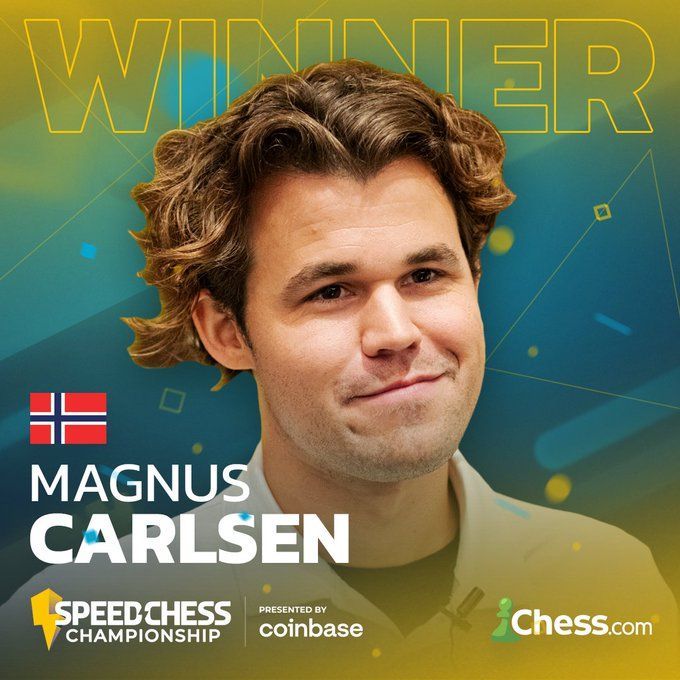

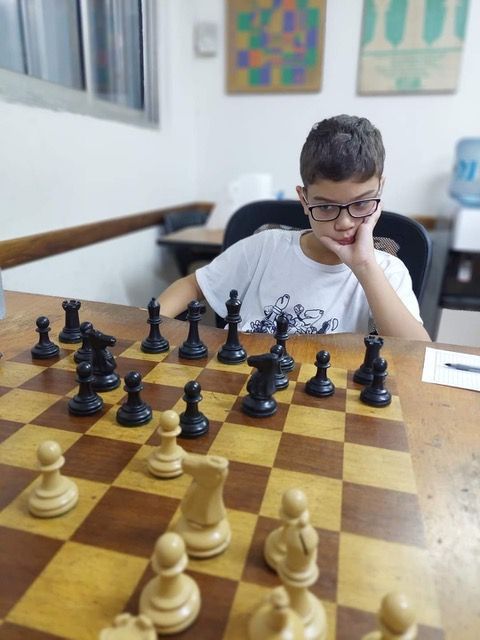
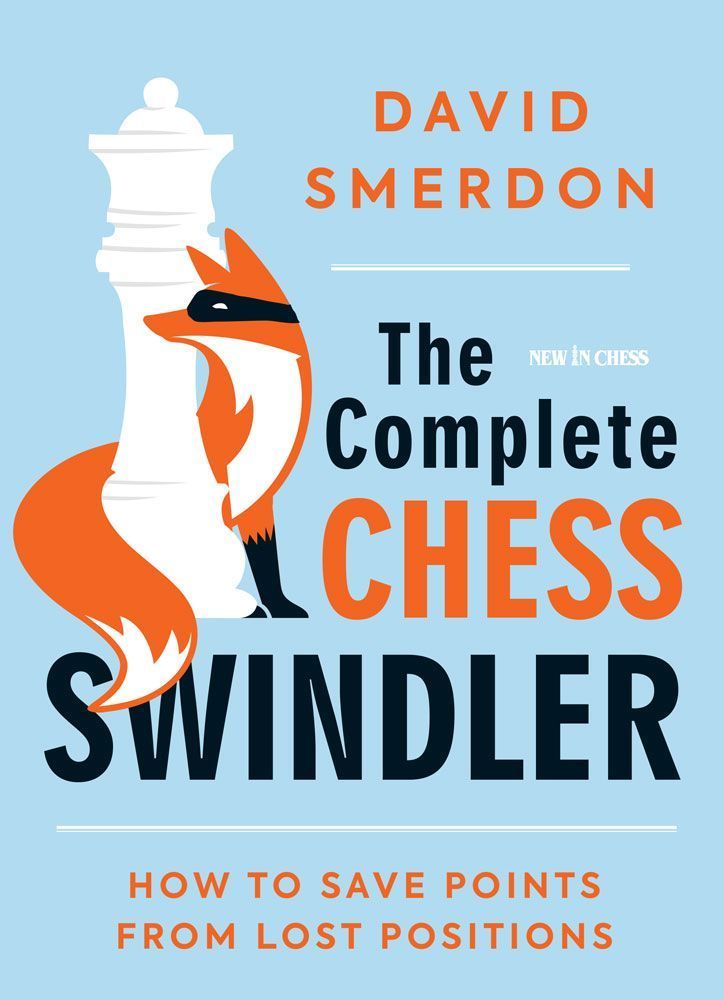
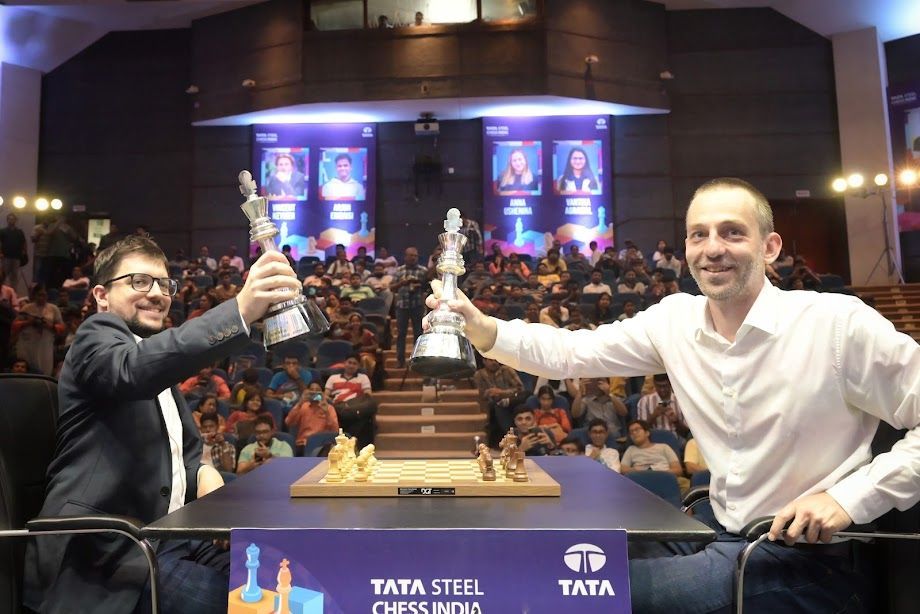


Copyright © 2024. First Move Chess. All Rights Reserved. Deigned and Hosted by JLT Web Design & Digital Marketing. Our Privacy Policy.



